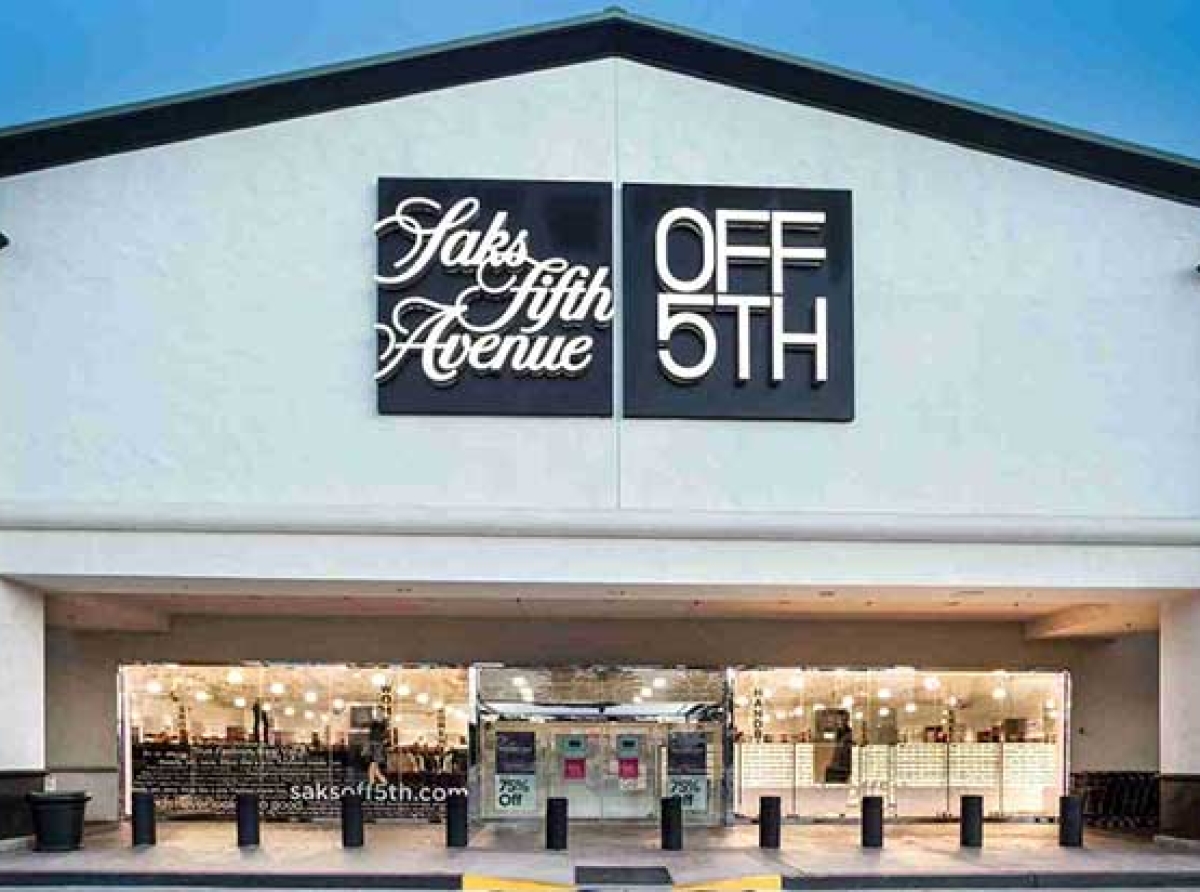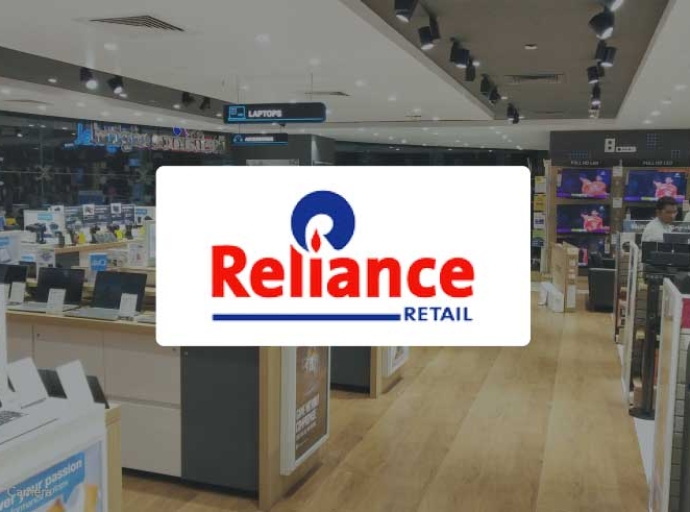From Fifth Avenue to South Mumbai, why luxury brands want to own their flagships

02 September 2025, Mumbai
On Milan’s Via Montenapoleone, one of the world’s most glamorous shopping boulevards, French luxury group Kering quietly spent €1.3 billion in 2023 to buy a prime building that houses one of its marquee labels. Weeks later in New York, Prada announced the $835 million purchase of its long-leased Fifth Avenue store, effectively securing its footprint in one of the most expensive real estate corridors in the world. Across the Atlantic, Richemont, owner of Cartier and Van Cleef & Arpels, picked up a Bond Street property in London at a meagre yield of 2.2 per cent, the kind of return that would scare away most investors.
Together, these moves mark a decisive shift in the way luxury giants view retail space. For decades, luxury brands were content to rent, accepting sky-high rents as the price of prestige. But now, according to Coresight Research’s report ‘Luxury Real Estate: Luxury Brands Move from Tenants to Landlords’, brands are on a global buying spree, collectively spending over $9 billion since 2023 to become landlords of their most prized storefronts. “Luxury isn’t just about handbags or watches anymore. It’s about permanence,” said a senior European retail analyst. “Owning a flagship address sends a stronger message than any advertising campaign ever could.”
Why ownership matters
The logic is both defensive and offensive. On one hand, buying secures scarce spaces and locks out competitors. On the other, it gives brands total creative freedom to transform stores into experiential flagship, part museum, part salon, part retail destination. “Brands are building stages, not shops,” the Coresight report notes. Louis Vuitton’s Maison Vendôme in Paris, for instance, features private salons and art exhibits, while Gucci’s flagship in Florence includes a café and museum. Such investments only make sense when brands own the property outright. And with rents in prime districts still climbing Rodeo Drive in Los Angeles rose 3 per cent last year ownership is a hedge against volatility.
Table: Global luxury companies’ real estate buys
Brand/Company Property acquired Purpose & implication Kering Via Montenapoleone, Milan (€1.3 bn) Secures iconic location; prevents rivals’ entry; raises questions on capital efficiency. Richemont Bond Street, London (2.2% yield) Anchors long-term presence despite slim financial returns. LVMH Miami Design District & others Builds branded neighborhoods blending retail, culture, and residential spaces. Prada Group Fifth Avenue, New York ($835 m) Expands footprint in a global luxury epicenter. Bvlgari (LVMH) Sydney Castlereagh Street ($56 m; valued at $100 m) Rising asset value reflects scarcity of flagship locations.
Why India could be next
If this strategy is rewriting the rules in Paris, Milan, and New York, analysts say India could soon become the next frontier. The country’s luxury market, currently valued at $8.5 billion, is projected to more than double to $20 billion by 2030 as per Bain & Company report. The number of high-net-worth individuals is set to almost double to 1.6 million by 2027, creating a deep pool of consumers for brands like Chanel, Hermès, and Cartier.
Today, India’s luxury is concentrated in leased spaces like DLF Emporio and The Chanakya in Delhi, Palladium in Mumbai, and UB City in Bengaluru. But these malls, while polished, restrict how far a brand can customize or expand. Owning a standalone building would allow them to deliver the full flagship experience: art exhibitions, fine dining, private salons, and curated events. “India’s luxury consumer doesn’t just want a handbag they want the story, the culture, the universe of the brand,” said a Mumbai-based luxury consultant. “To offer this, you need complete control of your space and in the long run, that means ownership.
Mapping India’s future flagships
Where could the first wave of acquisitions happen? Industry observers point to three cities.
Delhi: The Diplomatic Enclave in Chanakyapuri, Lutyens’ Delhi, and parts of South Delhi are emerging as hotspots. Heritage bungalows, with prices ranging from Rs 350,000-Rs 450,000 per sq. ft., could easily be converted into immersive brand spaces.
Mumbai: South Mumbai’s Kala Ghoda and Colaba districts, with colonial-era buildings priced at Rs 75,000-Rs 125,000 per sq. ft., are natural fits for flagship transformation. Palladium remains the current epicenter, but standalone heritage acquisitions would mark a step-change.
Bengaluru: UB City is the present luxury hub, but brands may eye the CBD (MG Road, Lavelle Road) where boutique heritage properties sell between Rs 25,000-R 40,000 per sq. ft.
“Unlike Milan or Paris, India doesn’t yet have concentrated luxury boulevards,” explained an analyst at Knight Frank India. “But when the first flagship purchase happens, it will trigger a ripple effect and start defining India’s luxury map.”
Challenges remain. India’s real estate market is fragmented, with zoning hurdles and limited availability of standalone properties in prime areas. For now, most luxury retail depends on developers like DLF and Phoenix Mills. But as more affluent Indians demand exclusivity, the case for brand-owned flagships will grow stronger.
It may start with heritage conversions a Louis Vuitton mansion in Lutyens’ Delhi, or a Chanel flagship in a restored South Mumbai building. Over time, luxury groups could follow LVMH’s Miami model, developing entire micro-districts where retail, art, and hospitality converge. For now, the shift is still aspirational. But insiders believe the first acquisition could happen within the next five years. “Once a marquee brand plants its permanent flag in India, it won’t just change luxury retail it will change the very skyline of our cities,” said a Delhi-based developer.
Latest Publications
































